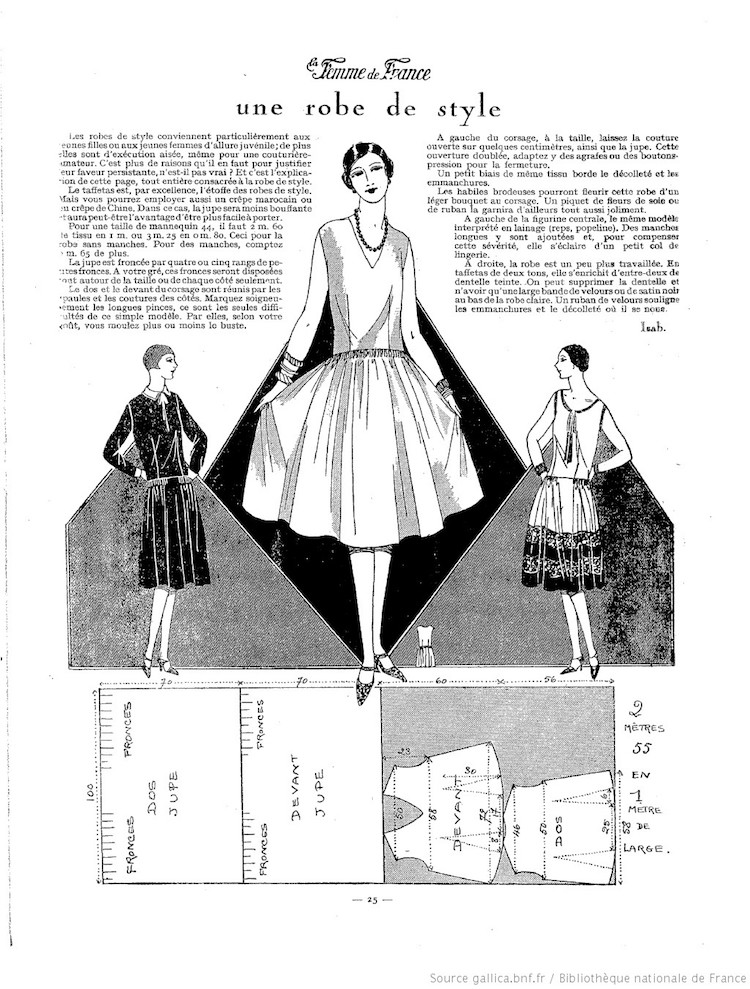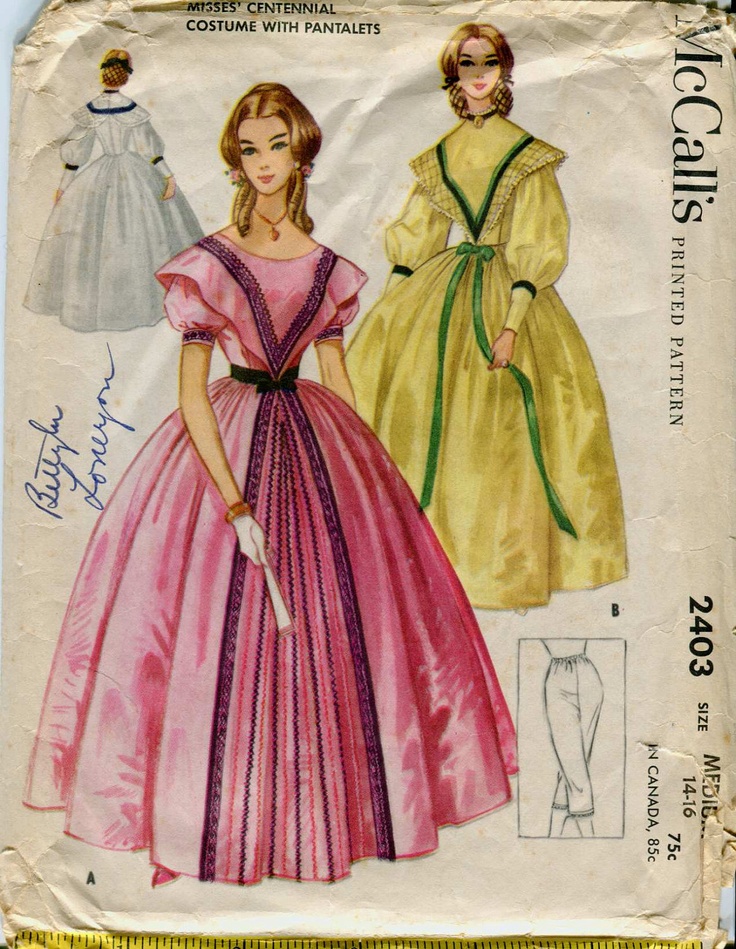Challenge overview
Pick a historical artwork (painting, drawing, sculpture, textile, etc.)
and create a personal “response piece.” You might replicate the
composition, simplify the palette, or reinterpret the subject with your
medium. Keep scope small so you can finish.
Level: any (guided)
Time: 3–6 hrs total
Best for: pencil, charcoal, watercolor, oils, or digital
Your goal: complete one finished study or reinterpretation
inspired by a specific historical work.
Constraints: commit to one main focus (composition,
color, or lighting). Limit your palette to 3–5 colors if painting.
Bonus: include a short caption about what you learned.

